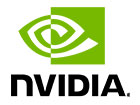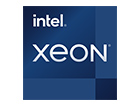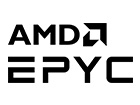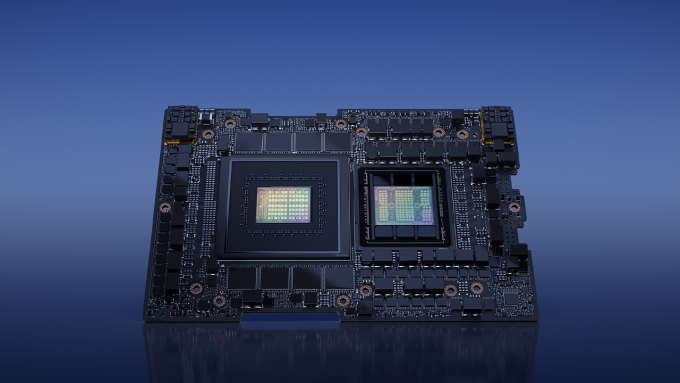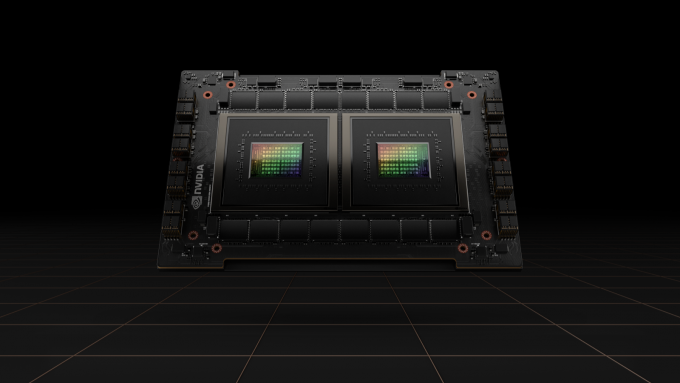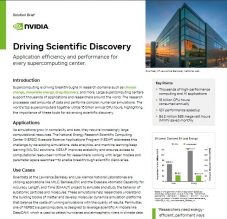NVIDIA Grace™ and Grace Hopper™ Superchip Systems from Microway

The NVIDIA Grace™ CPU Superchip is a breakthrough processor designed for modern datacenters, delivering 2X the energy efficiency over today’s leading server processors. NVIDIA GH200 Grace Hopper™ Superchip’s breakthrough design forms a high-bandwidth connection between the NVIDIA Grace™ CPU and Hopper™ GPU to enable the era of accelerated computing and generative AI. Microway offers bleeding edge server platforms for both NVIDIA Grace CPU Superchip and NVIDIA Grace Hopper Superchip.
Why Grace Hopper Superchip?
Power and Efficiency With the Grace CPU
The NVIDIA Grace CPU delivers 2X the performance per watt of conventional
x86-64 platforms and is the world’s fastest Arm® data center CPU.
Performance and Speed With the Hopper H100 GPU
The NVIDIA H100 Tensor Core GPU delivers an order-of-magnitude performance leap for large-scale AI and HPC over the prior-generation.
The Power of Coherent Memory
NVLink®-C2C memory coherency increases developer productivity, performance, and the amount of GPU-accessible memory. CPU and GPU threads can concurrently and transparently access both CPU and GPU resident memory, allowing developers to focus on algorithms instead of explicit memory management.
Class-Leading Performance for HPC and AI Workloads
NVIDIA GH200 Grace Hopper Superchip accelerates any application with the strengths of both GPUs and CPUs while providing the simplest and most productive heterogeneous programming model to date, enabling scientists and engineers to focus on solving the world’s most important problems.
Why Grace Superchip?
The World’s Most Efficient Data Center CPU
Featuring twice the performance per watt of the latest conventional x86-64 platforms, Grace is designed to offer best-in-class datacenter compute throughput.
A New Approach to Platform Design
NVIDIA Grace CPU Superchip simplifies the design of energy-efficient systems to deliver greater data center-scale performance and functionality than today’s multi-socket servers.
Next-Generation Data Center CPU Performance Efficiency
The Grace CPU Superchip delivers outstanding performance, memory bandwidth, and data-movement capabilities with leadership performance per watt to deliver generational gains in energy-efficient CPU computing for the data center.
The New Standard for Software Infrastructure
The NVIDIA Grace CPU follows mainstream CPU design principles, is programmed just like any other server CPU, and is backed by the full NVIDIA ecosystem.
NVIDIA Grace Superchip and Grace Hopper Superchip-based Systems
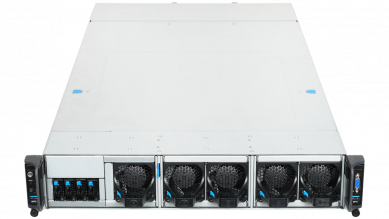
Grace Hopper Superchip 2U
Breakthrough accelerated performance with NVIDIA Grace Hopper Superchip
Based upon QCT S74G-2U platform
- NVIDIA® MGX™ architecture
- NVIDIA GH200 Grace Hopper Superchip
- 72 Arm® Neoverse V2 cores with NVIDIA® NVLink®-C2C 900GB/s link to NVIDIA Hopper GPU
- 96GB HBM3 and to 480GB LPDDRX embedded memory
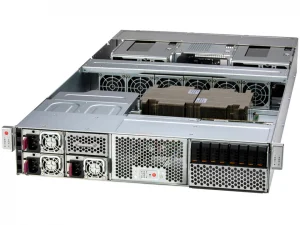
NVIDIA Grace Superchip 2U
Gateway to Energy Efficient Computing
A robust NVIDIA Grace CPU Superchip platform for superior compute efficiency
- NVIDIA MGX architecture
- NVIDIA Grace CPU Superchip with 144 Cores
- 240GB or 480GB LPDDRX embedded memory
- Supports up to 4 optional PCI-Express GPUs
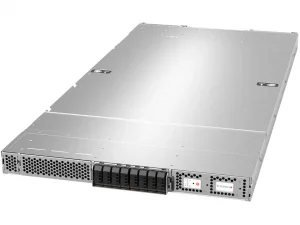
NVIDIA Grace Superchip 1U with 2 Nodes
High Density Computing with NVIDIA Grace Superchip
2 independent compute nodes in 1U footprint each with:
- NVIDIA Grace CPU Superchip with 144 Cores
- 240GB or 480GB LPDDRX embedded memory
Energy Efficient Supercomputing and Datacenters
NVIDIA Grace Superchip is the backbone of a new breed of energy efficient supercomputers. It offers up to 2X the datacenter throughput in the same power envelope. Deploying NVIDIA Datacenter GPUs dramatically increases efficency vs an x86-only architecture, and NVIDIA GH200 Grace Hopper combines both these gains.
Read more about the performance gains of an energy efficient computing architecture with this NERSC case study.

